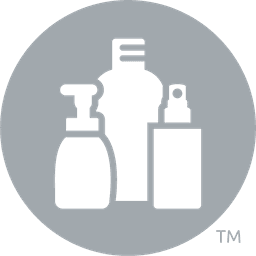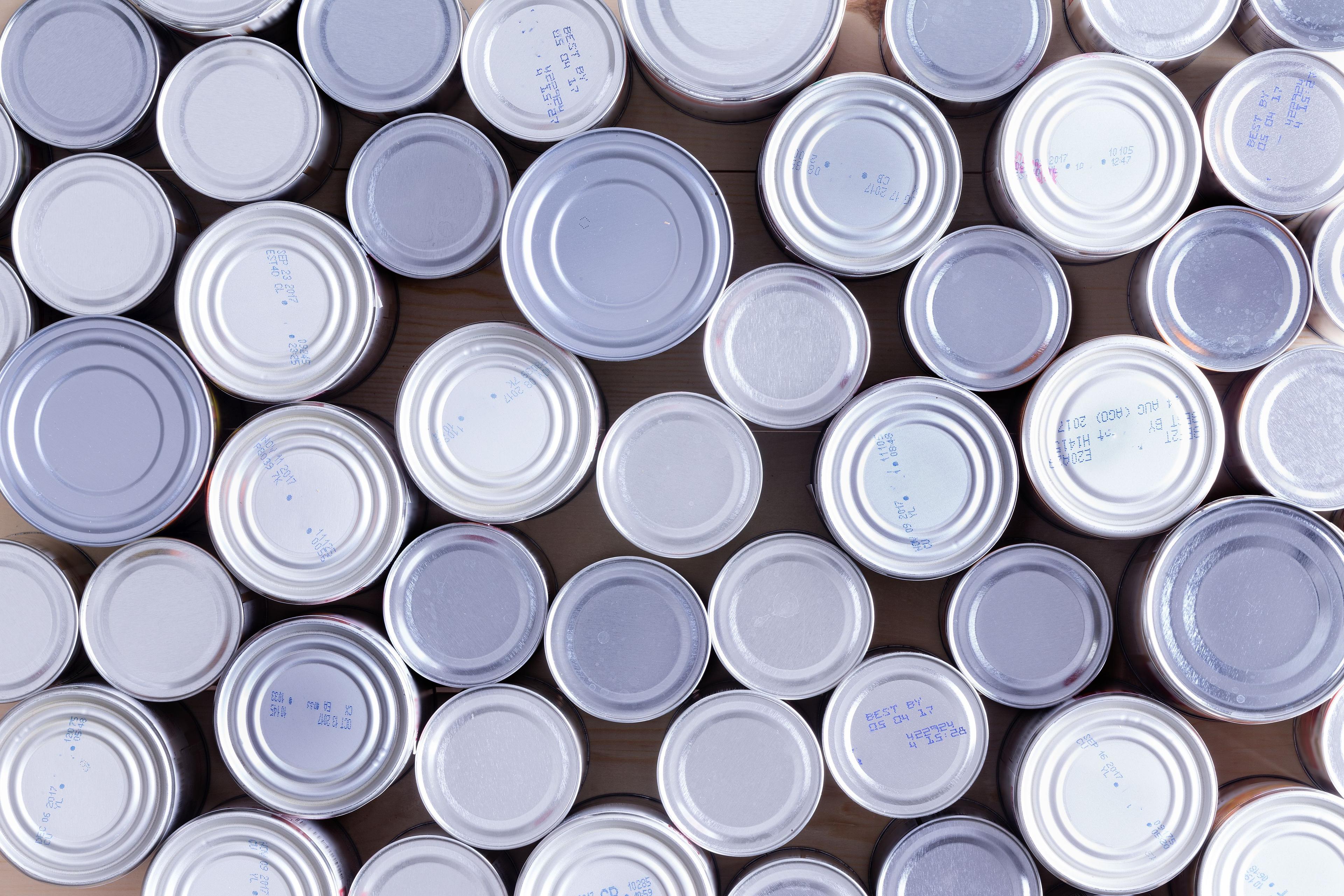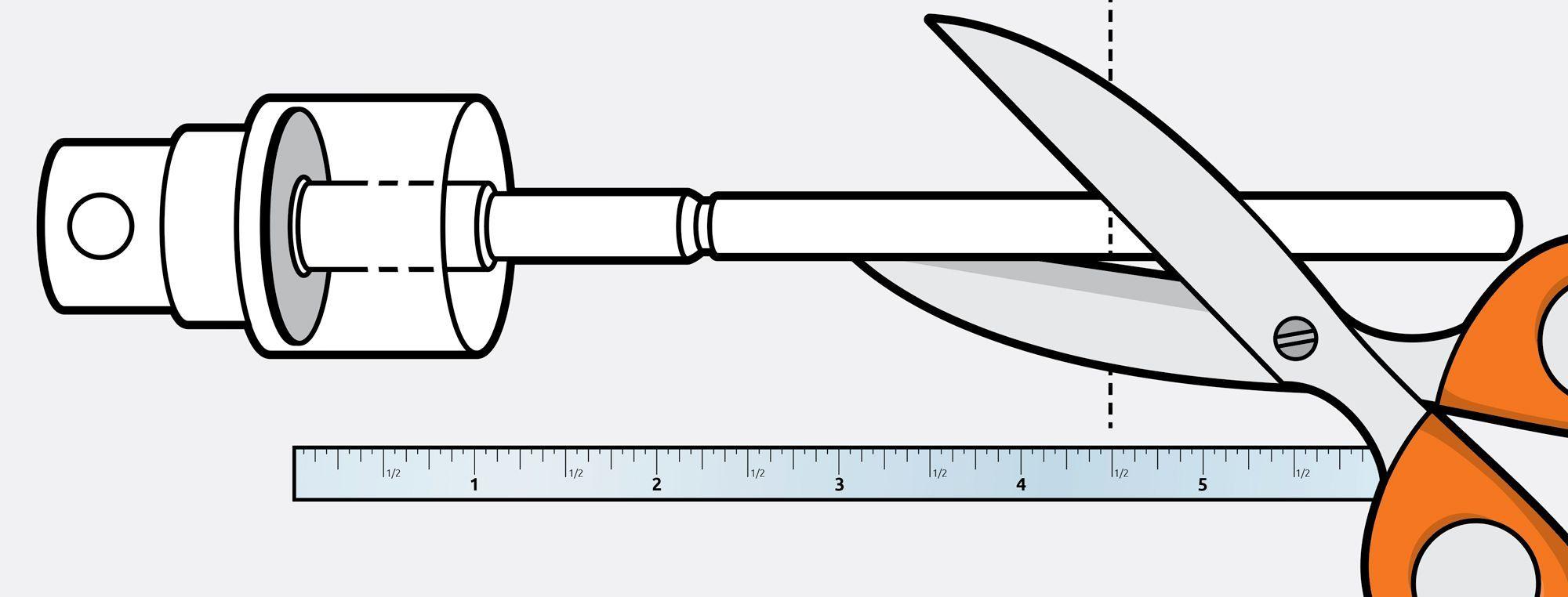Green Packaging: How Post-Consumer Resin Turns Old Bottles into Something New

Green packaging has recently gained new traction. It’s a smart way to reuse materials like plastic and turn them into something new and functional. Ever heard of post-consumer resin (PCR)? It’s the star of the show when it comes to turning old plastic bottles into shiny new packaging. Let’s break it all down and see why PCR is a big deal.
What is Green Packaging and Why Does it Matter?
Green packaging is all about packaging that’s easier on the environment. Instead of relying on new, raw materials, it uses things like recycled plastics, renewable resources, or compostable materials that won’t stick around forever in a landfill.
And this is where PCR comes in. By taking old plastics and turning them into something usable again, PCR helps cut down on the demand for new plastics. It’s like giving that used soda bottle a second chance at greatness. Plus, green packaging is quickly becoming the norm, as both businesses and consumers are realizing that we can’t keep doing things the old way. It’s better for the planet and looks good on your brand, too.
Post-Consumer Resin: The Backbone of Green Packaging
Post-consumer resin (PCR) is recycled plastic with a new lease on life. After you toss your empty shampoo bottle or water bottle into the recycling bin, it gets a second shot at being useful. That’s where PCR comes in. It’s cleaned, processed, and transformed into new packaging.
Many industries rely on PCR, like food and beverage, personal care, and household products. Why? Because it performs just as well as regular plastic but doesn’t require digging up new resources to make it. Sure, PCR can cost a little more than virgin resin, but for businesses looking to boost their eco-cred, it’s worth the investment. Plus, consumers are more likely to choose brands that care about sustainability.
The 10-Step Recycling Process for Plastic Bottles
Ever wonder how your empty water bottle goes from trash to treasure? Here’s the 10-step process:
- Collection: It all starts when you toss your bottle into the recycling bin.
- Sorting: Plastics are sorted by type and color to make processing easier.
- Cleaning: Goodbye, labels and sticky messes.
- Shredding: The bottles are chopped into tiny flakes.
- Drying: Any leftover moisture is removed.
- Melting: The flakes are melted into a liquid.
- Filtering: Impurities are filtered out of the melted plastic.
- Pelletizing: The clean plastic is formed into tiny pellets.
- Manufacturing: Those pellets are turned into new products, like bottles or containers.
- Distribution: The new products hit the shelves, ready for their next adventure.
This process keeps plastic in the loop and out of the landfill. Plus, it’s a great example of how recycling can create a circular economy.
Benefits of Green Packaging for Businesses and Consumers
Green packaging isn’t just a trend, it’s a smart choice for everyone involved:
For Businesses:
- Attract customers who care about sustainability.
- Show your brand is forward-thinking and responsible.
- Meet growing consumer and regulatory expectations for eco-friendly practices.
For Consumers:
- Feel good about buying products that help reduce waste.
- Support companies making a positive impact.
- While PCR might not save companies money outright, it’s a long-term investment in sustainability that resonates with today’s consumers. And those consumers are more loyal to brands that share their values.
Wholesale Options for Recycled Plastic Bottles
Buying PCR bottles in bulk? Here’s why that’s a great move:
- Show Commitment: Using PCR demonstrates that your business cares about the environment.
- Reliable Performance: PCR bottles are just as durable and effective as traditional ones.
- Stay Competitive: Consumers increasingly expect sustainable options, and PCR delivers.
Green Packaging Trends
Sustainable packaging is constantly evolving, and here are some trends to watch:
Lightweight Designs: Using less material while maintaining strength.
Compostable Materials: Plant-based packaging options are gaining traction.
Consumer Demand: More than two-thirds of shoppers prefer products with sustainable packaging. That’s not just a trend, it’s a shift.
Staying on top of these trends helps businesses keep customers happy and adapt to stricter environmental regulations.
FAQs
What’s the difference between green packaging and regular packaging?
- Green packaging uses recycled, renewable, or compostable materials, while regular packaging relies on virgin materials that often end up as waste.
Is PCR as strong as regular plastic?
- Absolutely. PCR is just as tough and dependable as virgin plastic, making it great for packaging.
Are recycled plastic bottles safe for food?
- Yes, when processed correctly, PCR bottles can meet FDA standards for food-grade packaging. They’re safe and reliable for storing food and beverages.
Want to get started?
Grab a sample or shoot any questions you have our way. Our people are waiting for your call (until 5pm MST anyways). Check out our wholesale options too. Stocking up on PCR bottles helps businesses meet growing demand for green packaging and stand out in a crowded market.





